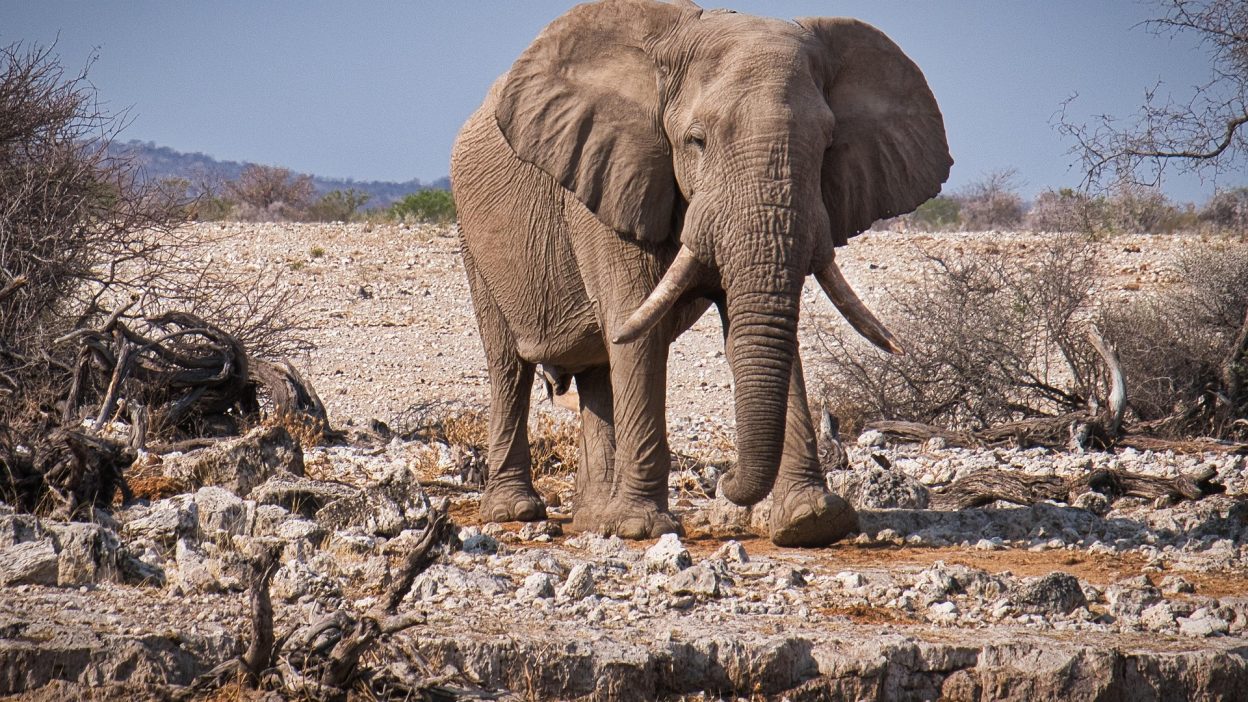The sample must be boiled within the tube
Due to the fact that forest elephants urinate 17–20 times per day, dung is a readily available and amazing source of knowledge. Elephant excrement has long been used to evaluate diet. Forest elephants eat hundreds of different plant species as fruits, bark, or leaves, and scientists can identify these foods in great detail by sorting through mounds of elephant poo. DNA has just been extracted from manure by scientists. How then do researchers extract DNA from dung?
Nearly every cell in a person’s body contains DNA. DNA is best found in tissue and bodily fluids. To obtain a DNA sample, scientists that research amphibians frequently remove a part of a subject’s toes (“toe clipping”). Samples of body parts taken from several species, including forest elephants, will not work. However, dead animals might provide tissue that is useful in forensic investigations to stop poaching and the illegal wildlife trade. Blood collection still requires capture, which is unpleasant, and for many species, anaesthesia, which is expensive and dangerous for the subject. This is true even though it is less invasive than tissue collection.
In the recent years, techniques have been created that enable scientists to obtain DNA samples from animals without ever having to touch them. This process, known as non-invasive genetic sampling, collects DNA from sources like hair, feathers, shed skin, egg shells, and faeces. Although obtaining DNA from non-invasive samples is more challenging than from tissue or blood, it is nevertheless worthwhile because it has no negative effects on the animal you are investigating.
Elephant poo is the best source of DNA for research purposes (feces). They frequently urinate, as was previously indicated, which facilitates the collection of several samples. Although the DNA isn’t actually present in the excrement, we can extract it from dung samples. The DNA is instead found in the cells that have been shed and deposited on the excrement. Dung scratches against the walls of the elephant’s intestines as it moves through them. Some of these cells will adhere to the dung bolus and fall off with it when the elephant faeces. Fresh dung is ideal for this reason (we use look for dung that is 24 hours old or less).
When researchers come upon fresh dung, they place a little amount of it in a collection tube. Fresh dung can easily be distinguished from older dung thanks to its greater scent, shine, and typically intact bolus form (unless an animal stepped on it or went through it; insects can break it apart and red river hogs will go through it). The sample must be boiled within the tube in a bath of hot water before being imported into the United States to ensure that any pathogens are eliminated. The DNA is transformed into “dung slurry” by the addition of a liquid buffer in order to preserve it for long-term preservation. These samples are kept at the field station’s cooler, darker location for the duration of the trip.
The samples need to be transformed from dung to only the DNA once they have passed through customs and arrived in the lab. A lengthy extraction process is involved in this. The samples go through a variety of procedures, including opening the cells (the DNA is inside the cell), and eliminating any unnecessary components from the sample and cells. Large non-DNA components found in the sample include grasses, seeds from fruits the elephant had consumed, and insects that may have been present when it was collected. The extraction procedure gets rid of everything.




